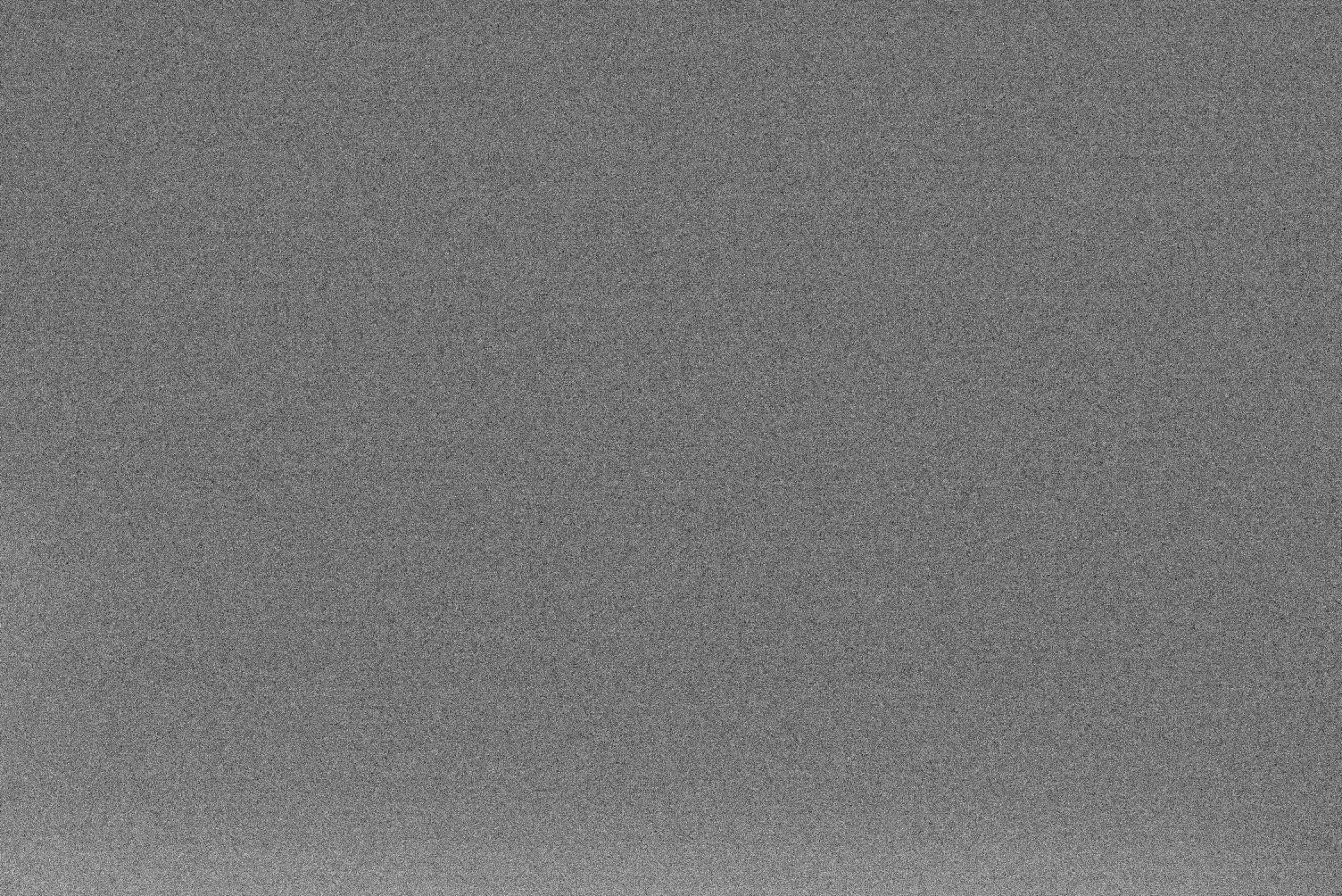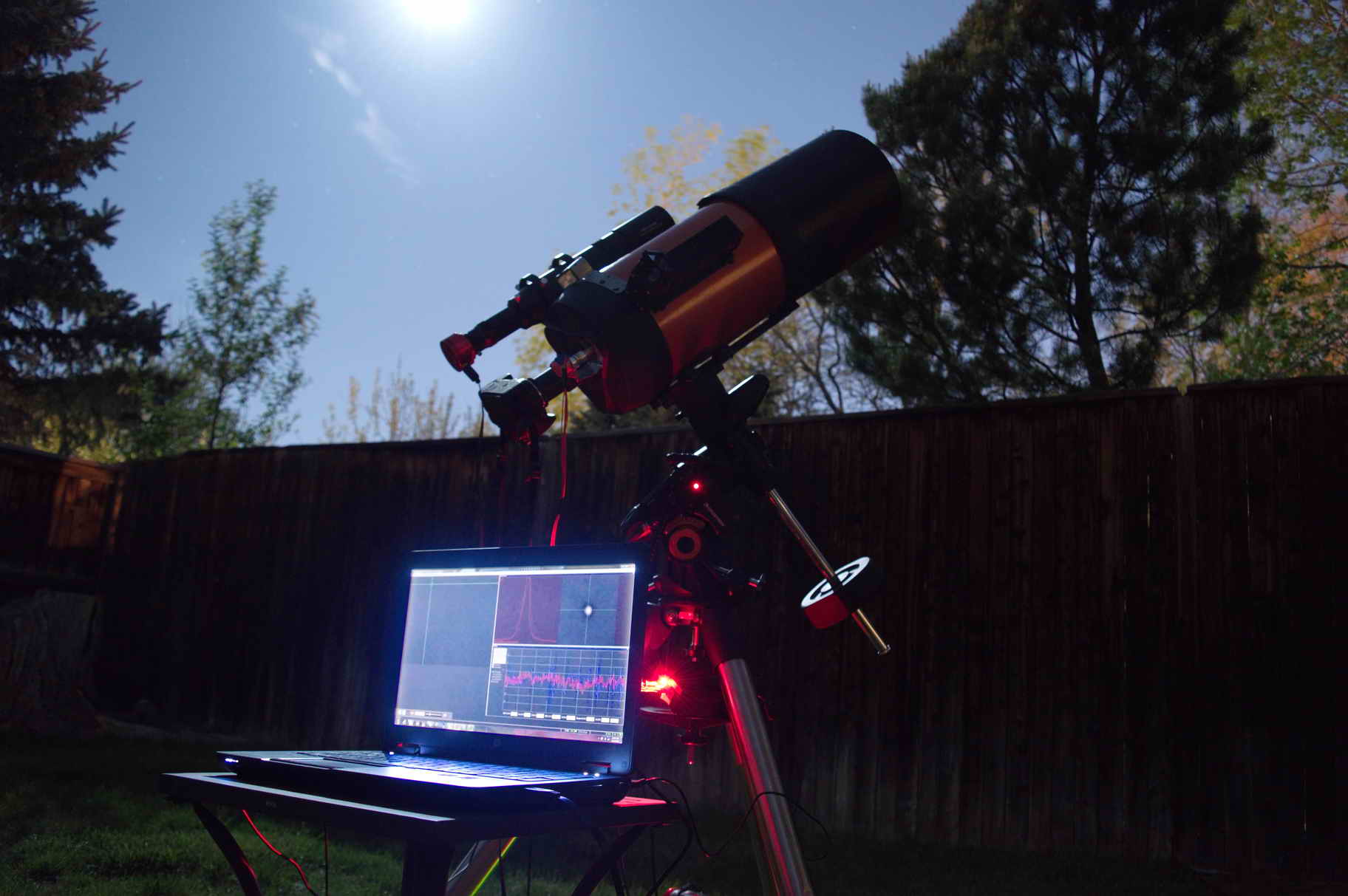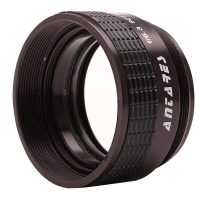
Pixinsight is well known for its process-oriented work environment that allows the application of processes to images regardless of the previous state of the image. This leads to the frequent use of some processes during each imaging set, as well as processes with many settings tweaked for your own needs (such as with ImageIntegration, StarAlignment and MultiscaleLinearTransform). This has led to many people wanting to be able to save a set of process icons to use every time PixInsight loads. Although PixInsight already offers the option to save sets of process icons, you can also set up the program to load any sets that you want on startup, even if you don’t select the set to launch the program! Continue reading “How to Load PixInsight Process Icons at Startup”


